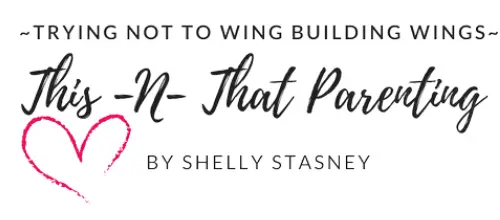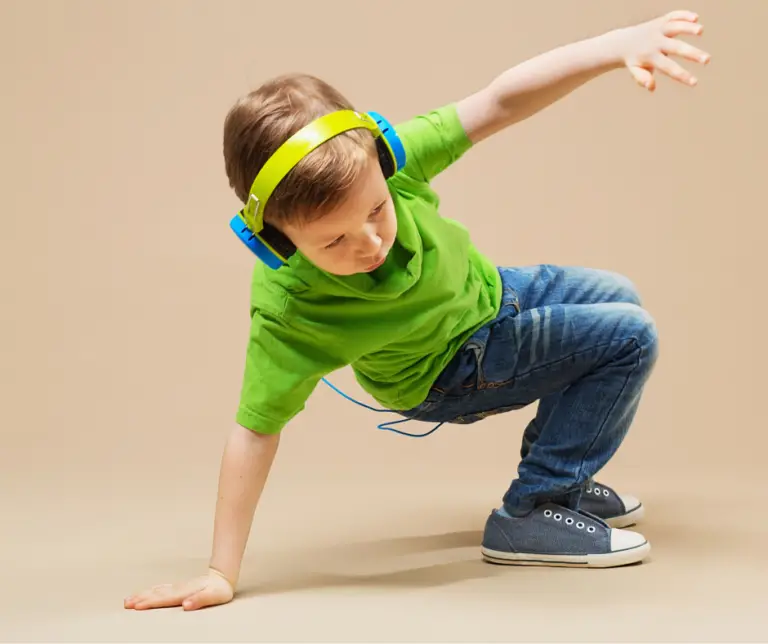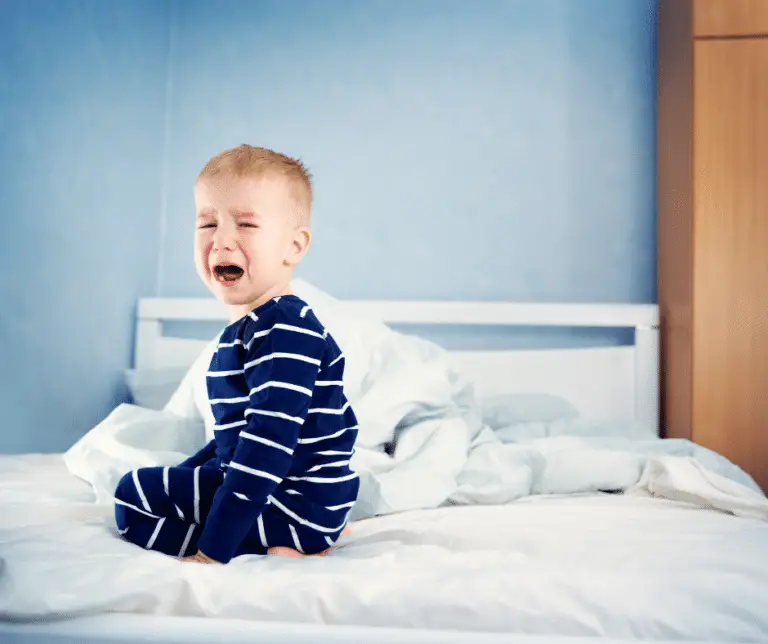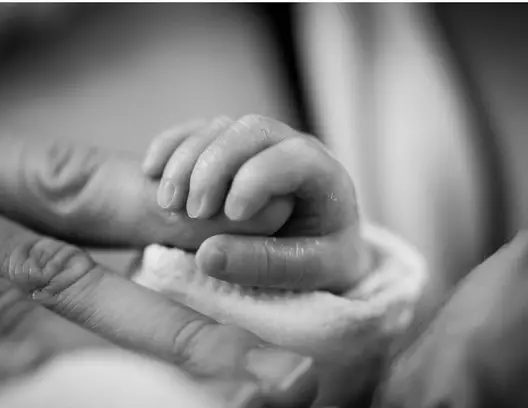Lighting: How It Affects Your Child Physically, Mentally, and Academically
Lighting. Is it that big of a deal? I’m going to share the positives and negatives of different types of bulbs, so you can be intentional about the lighting you use in your home.
One day while paying attention to some lighting in my home a light went off for me! No pun intended. I learned about the effects of lighting on children during my first few years of teaching. Why had I let that slip my mind? Oh, maybe because it’s been 18 years! YIKES! So immediately, I researched overhead lighting to refresh my memory and find out about the new research. There is plenty, and it is still developing. I am going to share the information I found that I believe is important for parents to consider.
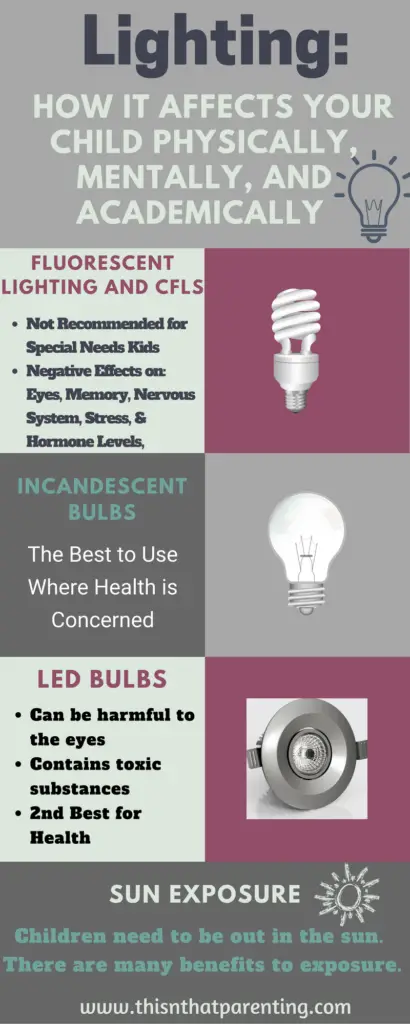
Which Lighting to Use For the Environment Your Trying to Create
Lighting can affect a person’s emotional and physical well-being. In a study done by the Korea Advanced Institute of Science and Technology, they found: Source
1. The lower the lighting (warm/yellowish, early morning sun) supports relaxing environments.
2. Standard lighting (neutral, summer sun at noon) supports recreational reading type activities.
3. 6000+K dynamic lighting (mimics natural daylight, brightest summer sun) supports academic endeavors such as the area you use as a homework station.
As you can see, you can be intentional about providing the type of lighting that will give your child the outcomes you desire for your child’s mood or activities. Parents can either buy lighting that provides for their needs, use natural sunlight or lighting that imitates the noted level of sunlight.
Incandescent Lighting
Though this type of lighting uses a large amount of energy, it is one of the healthiest bulbs that is offered. Unfortunately, due to not being able to keep up with energy standards, it is likely that we will see a time where incandescent bulbs are no longer on the shelf. Most of the ones that are on the shelf now are the ones that were made before the law went into effect. I know they are already scarce at most supermarkets. This type of lighting includes halogen lights.
LED Lighting
If we consider energy-saving, greenhouse gas emission, resource usage and pollution, the LED bulb is a good choice. From the research I did, I found that the healthiest type of LED bulbs needs to be as close to 100 CRI as possible. 97 CRI is currently available.
Second, the color temperature needs to be as close to 2700K as you can find. Check the packaging to find this information.
The toxins that were found in the bulbs were lead, nickel, and copper.
Fluorescent Lighting and Compact Fluorescent Lamps,CFLs
There is a good chance your child is exposed to fluorescent lighting at school. CFLs are the worst lighting to expose your family to. main source.
What does all of this mean for your household lighting?
- When you want kids to wind down or have quiet time, dim the lights.
- To transition your children from a very active period, dim lights.
- It is best for your child to do their academic activities such as homework in a well-lit area. This area needs to be as bright as the summer sun at noon or brighter.
- To help your child control their emotions or frustrations.
What Type of Lighting Is Best For Children?
At the end of the day, should you be running around changing out your light fixtures and bulbs because of the information presented above? That’s up to you.
The healthiest light is sunlight or candlelight, followed by incandescent, then halogen, then LEDs, then CFLs. It is recommended that parents of children with psychiatric, neurological, learning, or chronic medical conditions (ADD, ADHD, on the spectrum or autistic) switch out all CFLs in the home for incandescent or halogen bulbs.
Last But NOT Least, the Sun
The sun often gets a bad rap because of all the worries with cancer. In fact, I’m going to go as far as to say we have been taught to fear the sun. There is a reason God put this 15 million degrees ball of energy up there to make up 99% of the mass of our solar system. It wasn’t just for light. The human body has to stay in tune with the sun, and when it doesn’t, there are many negative effects that can occur.
There has to be a daily time when children get exposed to the sun without wearing sunscreen. If you want to do sunscreen on the face, apply it to the tops of the ears and the nose. Humans can get the exposure you need under the shade. You do not have to be in the direct blazing sun to get what you need. It is hard to say how long a child needs to be out because we measure the amount of Vitamin D humans need in IUs. 20-30 minutes would be a good rule of thumb.
Growing up, it was a big deal to make sure you got your sunlight every day. I don’t hear that as often anymore, so I want to share a reminder of the benefits of the sun.
- bone health
- anti-cancer
- supports the immune system
- protects against dementia and brain aging
- good for losing excess fat
- lowers cholesterol and blood pressure
- essential for decreasing symptoms of asthma
- strengthens teeth
- combats depression (ever feel depressed in the winter?)
- lack of sun can affect the menstrual cycle
- Has been linked as a treatment for rheumatoid arthritis, systemic lupus erythematosus, inflammatory bowel disease and thyroiditis Source
- Fights autoimmune diseases
Call to Action
My purpose for passing on this information was to let you know that lighting can affect your family mentally and physically, and it’s something you can take control of to produce positive results! If being light conscience can improve the moods, health and academic success for all those involved, I’m game!
Obviously, we can never compete with the God-given light, so get exposed to it as often as possible. As new energy-efficient technology for bulbs comes out, it is up to you to stay educated on how these products affect your family’s health. Just because they sell something as the lowest energy use and cost DOES NOT mean it is the best to be exposed to!
Want More On Kids Health?
- Kids’ Pooping Problems: 5 Ways To Ensure Your Child Is Regular
- How To Get Kids To Love Their Veggies
- Simple Ways To Make Sure The Foods You Feed Your Family Are Safe And Healthy
- Lighting: How It Affects Your Child Physically, Mentally, And Academically
- Growing Pains: 9 Remedies To Help Your Child Overcome Them
- The Sunscreen Debate: Chemical Filters vs. Mineral Filters
- This Safety Measure Could Save Your Child from the ER or WORSE!
- Simple Ways to Advocate for Your Child in the Healthcare System

